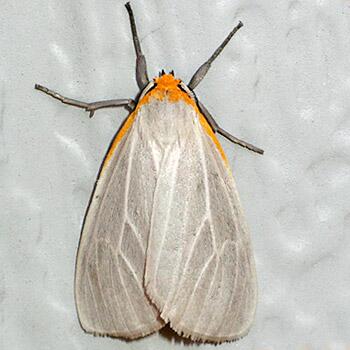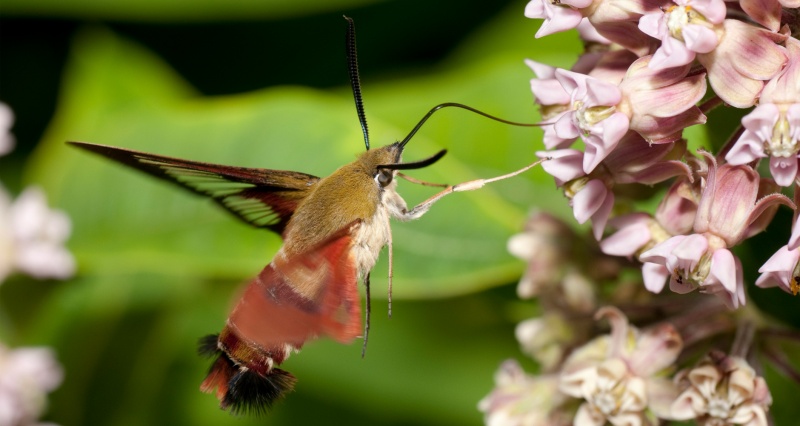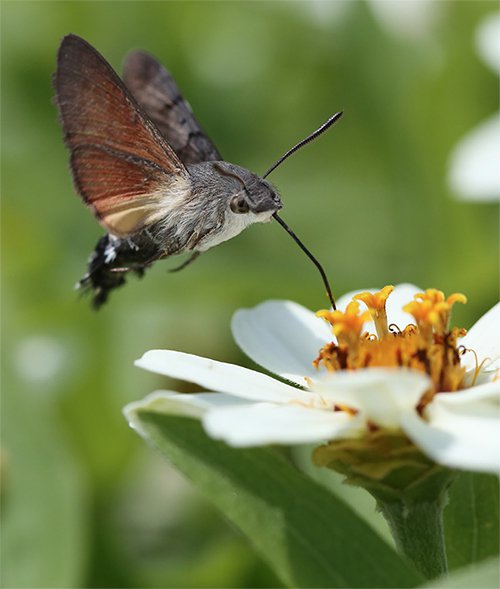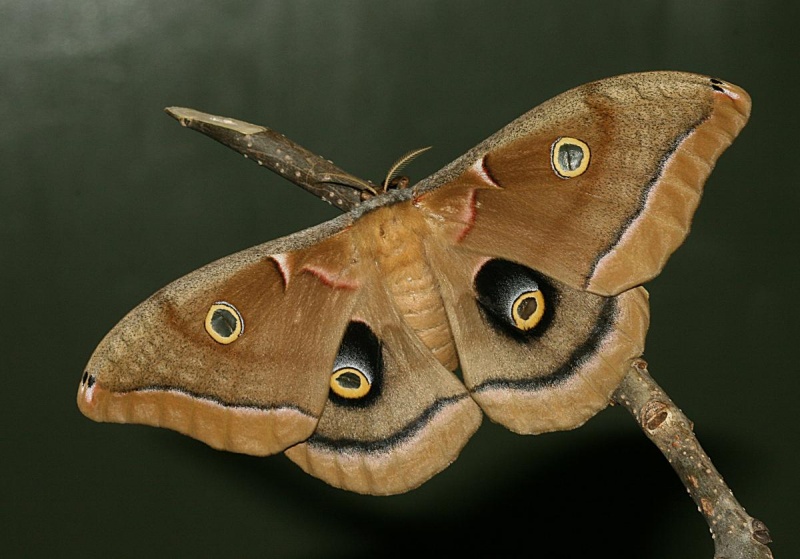By Reba Kocher
Listen to this blog post here: dead_leaf_butterfly.mp3
.jpg)
A beautiful orange oakleaf butterfly.
If you know me then you know how much I absolutely LOVE body painting, especially the camouflage ones (If you don’t know what I’m talking about click here: https://www.pinterest.com/ecammack/camouflage-bodypainting/). My excitement for really cool camouflages also extends to the animal kingdom, so when I’m scrolling through social media and see that National Geographic posted another photo captioned “can you find the ____?”, I am super pumped. I can’t help it; I love seeing evolution in action. Okay, so what does this have to do with this blog post? Well, there is a butterfly that is SO good at camouflaging that it is considered one of the best in the ENTIRE animal kingdom. It’s called the Dead Leaf Butterfly.
The Dead Leaf Butterfly, aka Kallima inachus or the orange oakleaf butterfly, lives in Tropical Asia, like India, Thailand, Vietnam, and Japan. They feed on sap, over-ripe fruit, and nutrients found in puddles (this is called mud-puddling). When their wings are open, they are bright orange and brown on their forewings and a bright blue and brown on their hindwings. When they close their wings, however, that is when things get exciting. Their closed wings mimic a dry, brown leaf. They are the same shape and color--all the way down to mimicking the vein found on leaves! What’s even cooler is that their underwings change depending on the season. During the dry season, when they are less active, they are brighter and look more like the dry leaves that would be found in the region. In the wet season, they are more muted and even develop “eyespots” on their “leaf” side wings! This is extremely helpful because it deters birds, ants, and wasps from recognizing them as food.

The Dead Leaf Butterfly in the wet season vs the dry season (Image credit: Rahul K. Natu/Wikimedia; Sumita Roy Dutta/Wikimedia)
Check out this cool video of the butterfly fluttering its wings: https://youtu.be/RBdbGPK1ZlQ?t=243
References & Further Reading
https://my.chicagobotanic.org/events/butterflies_n_blooms/dead-leaf-butterfly/

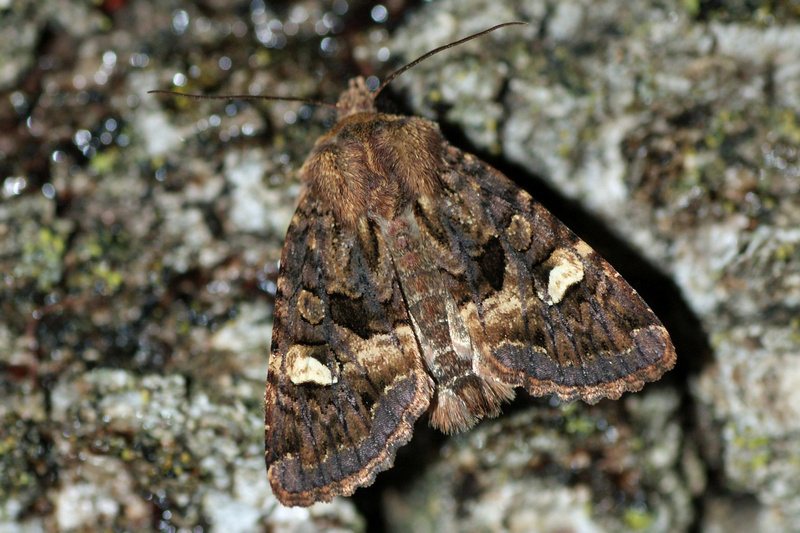 .
.

